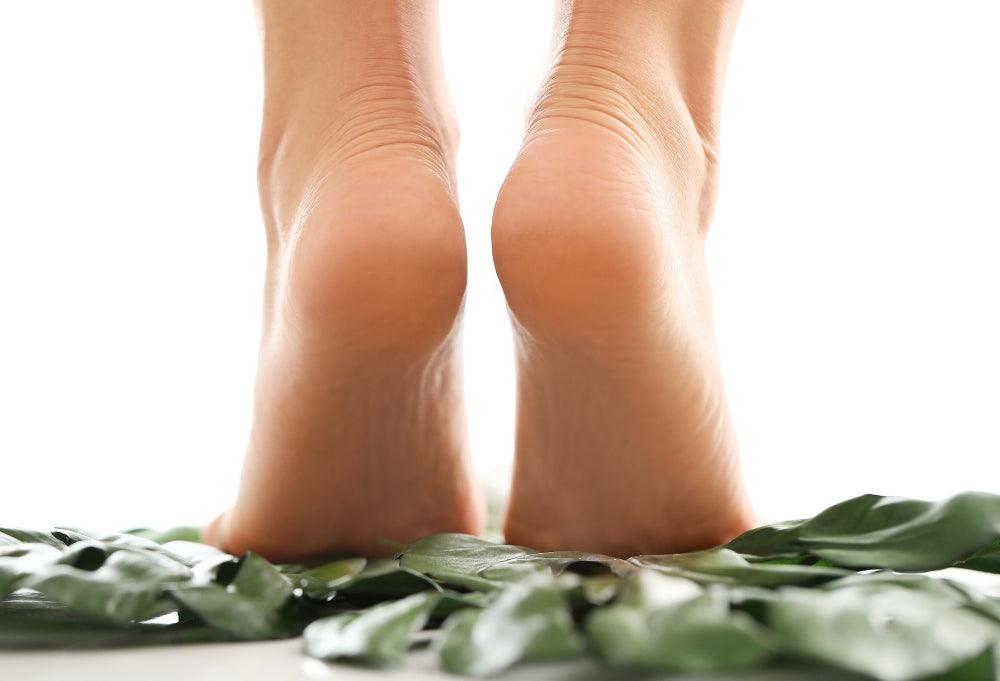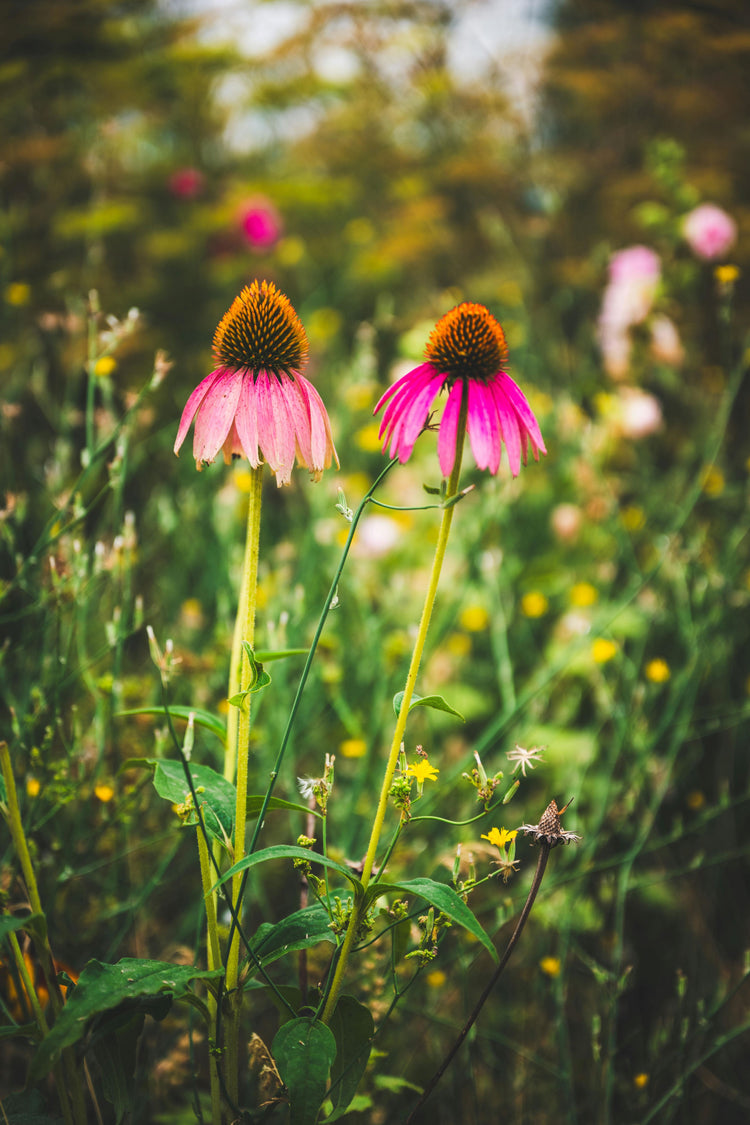What Does A Verruca Look Like?


Viral skin infections can cause painful warts also known as verrucas.
Verrucas are painful warts on the foot sole. They are also known as plantar warts. These warts cause thick, painful and hard skin that makes your walking painful. Why do these warts develop? How can you identify if the wounds on your sole are verrucas? Let's understand these issues.
These warts are caused by a highly contagious virus known as human papillomavirus (HPV). Several types of this virus cause warts characterised by painful and thickened skin. This virus attacks and establishes the infection particularly if you have a weakened immune system. This virus is transmitted via skin contact. You can develop a single lonely wart or a group of warts (mosaic warts) depending on various factors. Dead skin formed due to the verruca creates an excellent environment for bacterial infection, thus complicating the issue.
The virus is present on the skin and a minor skin injury or open wound will allow the virus to enter the body and develop the infection. Some types of HPV can also cause skin cancer. Then, how you would know that the wart is verrucas? How it would be different from other warts? Let's understand it.
The shape and location of the wart will be very characteristic. The verrucas are medium to larger-sized warts and range in size from 1-10mm. The typical wart appears as a discoloured flat area with a thick margin and a softer centre. A raised edge on the margin can be noticed alongside a rough and scaly surface. A close examination will reveal a circular shadow underneath. This shadow has black spots. These spots are the clotted blood that comes out from locally damaged blood vessels. It is due to internal bleeding. Internal bleeding is a result of walking or exercising that strains feet with warts.
Although these warts tend to develop anywhere, the verrucas are especially found on the sole and on in or around the feet. The most affected area is the foot because all of your weight rests on the feet and the resulting pressure will highlight the pain associated with verrucas. Even tight-fitting shoes can worsen the pain. But, in theory, these warts can develop on dry skin where healthy skin has been damaged due to any reason.
Verruca is often confused with warts. While both have many similar features, some differences are worth noting.
Verrucas resemble other warts that form hard skin. People of all ages particularly young adults can develop such warts. Their location on the foot and characteristic shape, size and nature distinguish them from other warts. The treatment of verrucas is possible but requires patience and persistence. Several over-the-counter treatments are available for these skin conditions some of them containing salicylic acid as an active ingredient.
For a full range of medications, visit our Welzo Online Pharmacy Page. For more details about verrucas and warts, click here.










Plus get the inside scoop on our latest content and updates in our monthly newsletter.